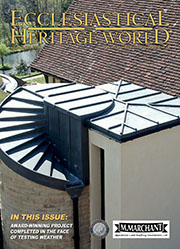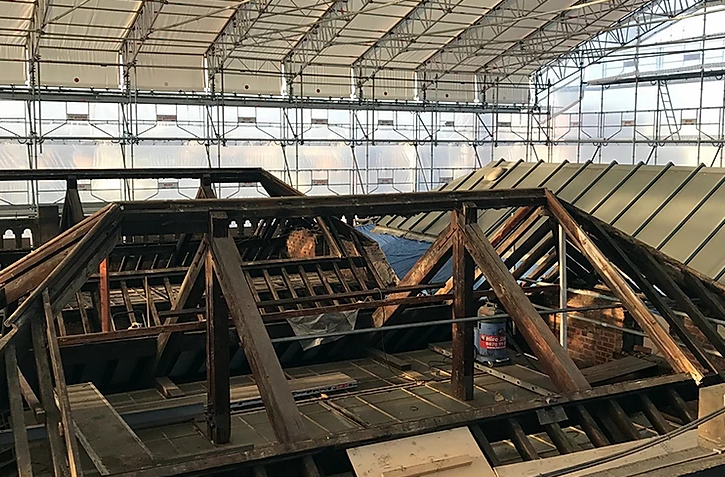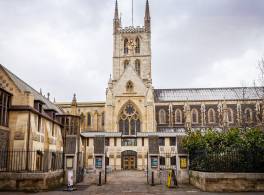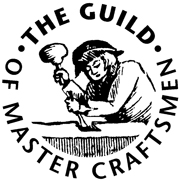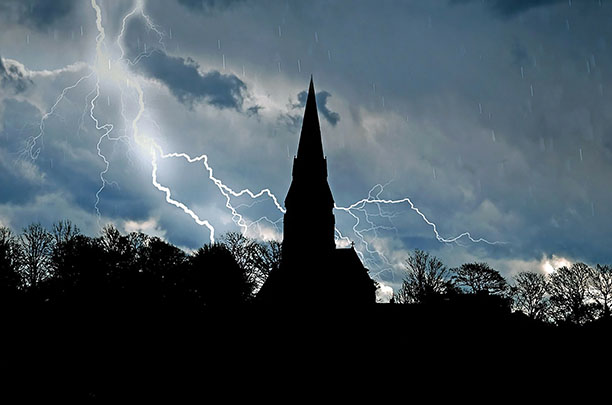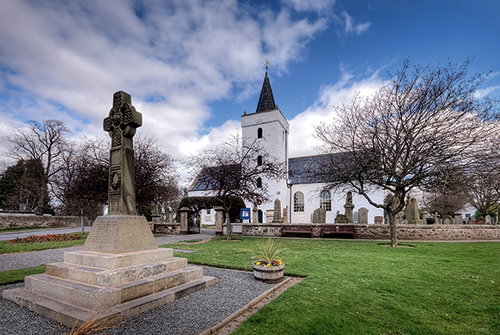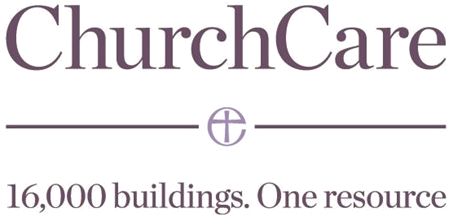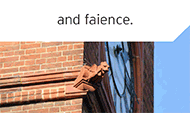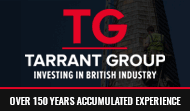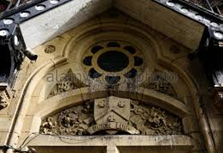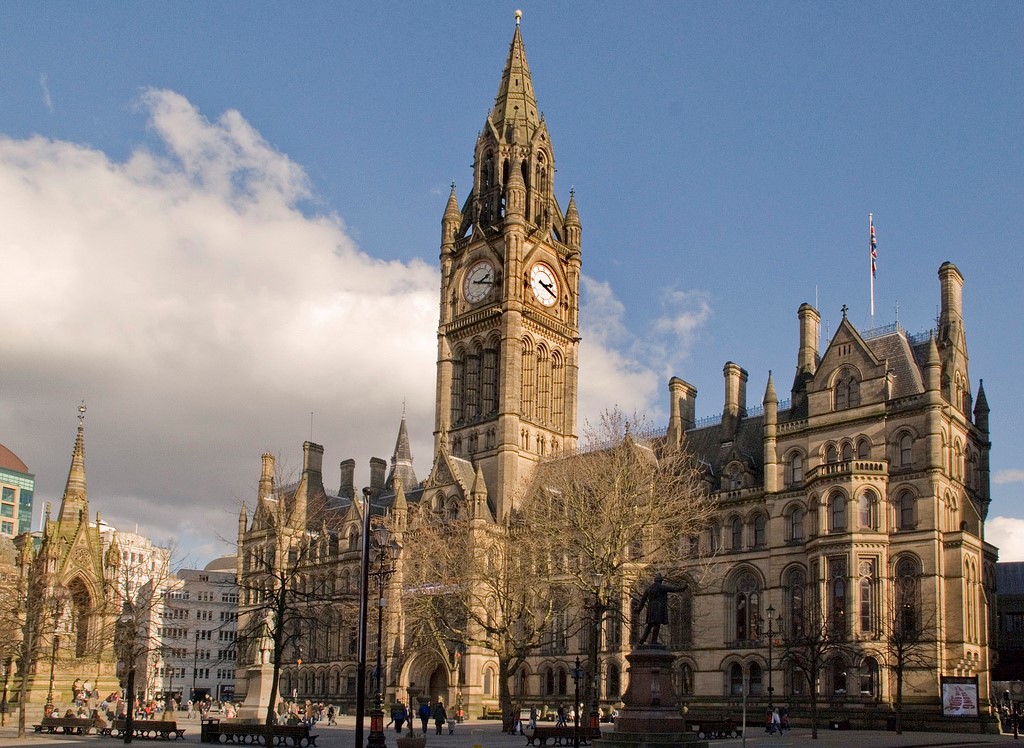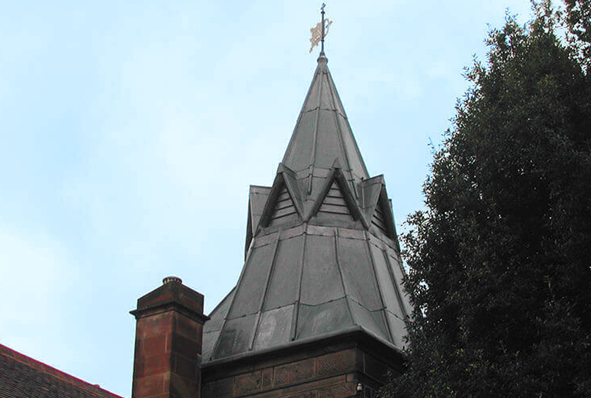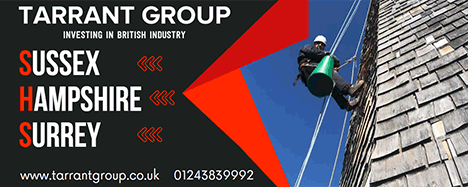Heritage Roofing
Heritage roofing - maintaining our iconic buildings
The UK is home to some of the most iconic buildings in the world, from stunning churches and cathedrals to historic stately homes. Each and every one of these remarkable feats of architecture requires regular maintenance to ensure they remain in the very best condition, allowing them to be enjoyed for generations.
Cathedral Care
Restoration and upkeep of cathedrals
There are some 42 Anglican cathedrals in the UK, not to mention 20 or so Catholic cathedrals. Cathedrals form the most important collection of historic buildings in England. The largest and most ancient are internationally famous, the smallest are usually among the most significant buildings in their region and even the most recent are architectural masterpieces.
Master Craftsmen
Championing our heritage with modern craftsmanship
Twenty years ago, English Heritage (now Historic England) published its first-ever Register of Buildings at Risk across England, which featured nearly 2,000 buildings and monuments that were ‘neglected, broken and unloved’. Recently Historic England was delighted to announce that over two-thirds of those buildings were now safe, in both urban and rural areas right across the country.
Lightning Protection
When lightning strikes are you protected against this act of God?
The issue of lightning protection in churches is one that has exercised this publication for many years. In this four-part series of spotlights on the issue we will be revisiting various aspects of the subject, beginning with an overview of current thinking.
Traditional Lime
Lime: it’s better for buildings – and for the environment
It is now fairly well known that cement is not good for old buildings and that lime mortar should be used. But why? What are the advantages and what are the disadvantages? In order to begin to answer those questions it is necessary to understand the nature of traditional building, the process by which buildings used to be built, and how it differs from modern construction, the process by which we build today.
Audio Visual
Audio visual equipment in church buildings
This guidance is issued by the Church Buildings Council under section 55(1)(d) of the Dioceses, Mission and Pastoral Measure 2007. As it is statutory guidance, it must be considered with great care. The standards of good practice set out in the guidance should not be departed from unless the departure is justified by reasons that are spelled out clearly, logically and convincingly.
Read More...
CRE Events
All change at CRE: the UK’s ‘ideal church show’
The Christian Resources Exhibition (CRE), the UK’s largest church-related show, has changed hands in its 40th year and has been taken over by Quartz Business Media.
Insurance
You need to ensure that reasonable precautions are in place at your church to keep it safe for those who use it. To do this, you need to think about what might cause harm to people.
You will then need to decide if the precautions already in place are adequate. If they are not, you may need to identify further action to prevent any danger. When done formally, this is known as a risk assessment.
LPOW Grants
£23 million government package to support restoration of thousands of listed places of worship
Heritage Minister Sir Chris Bryant has announced that the Listed Places of Worship Grant Scheme will be extended into the next financial year, providing £23 million so that thousands of historical buildings, including churches, synagogues, mosques and temples, can carry out restoration work.
Church Maintenance
Church maintenance and repair: Calendar of Care
Just as prevention is always better than cure, maintenance is preferable to major repairs. But, such repairs may not always be avoidable. Church Care offers a monthly guide in our coming issues Starting in Spring
We can help you understand the common problems and areas that need your special attention, and give you tips for regular maintenance schemes.
Pest Control
Michael Palin warns of pest threat to churches
Michael Palin is supporting the future of the UK’s historic churches and chapels with a voiceover for a new animated film. The 80 second animation, produced for the National Churches Trust, highlights why churches are some of the nation’s best loved buildings.
Town Halls
The history of the great Victorian Town Halls of Northern England
From industrial squalor to civic pride, the story behind some of the most impressive buildings of the North involve a unique mix of economics, grand designs and noble sentiments within communities.
Lead Roofing
Lead is one of the oldest materials in the roofing industry and is still commonly used throughout the world today.
Lead roofing is a traditional roofing method which has been used in the industry for hundreds of years, and is therefore proven to be extremely reliable. Lead roofing, and sand-cast lead, in particular is ideal for old buildings such as churches or historical renovations, whereas milled lead roofing is a mass-produced alternative, used for precision and accuracy in homes and commercial buildings alike.
SEARCH OUR DIRECTORY
LEAD – OUR MOST ENVIRONMENTALLY FRIENDLY ROOFING MATERIAL
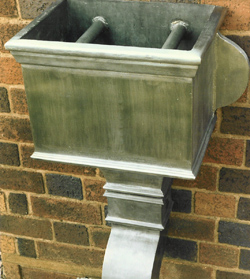 Lead is one of the seven metals known from antiquity and classified by the alchemists, the others being gold, silver, tin, iron, copper and quicksilver. Although lead was considered the basest of these seven metals, it was also considered the oldest. Lead was most likely the first metal to be extracted from ore, probably around 8-9000 years ago. It is extracted from a common ore called Galena and the low temperature at which it can be smelted (about 370oC) probably resulted in it being discovered by accident in the base of campfires lit on mineral deposits.
Lead is one of the seven metals known from antiquity and classified by the alchemists, the others being gold, silver, tin, iron, copper and quicksilver. Although lead was considered the basest of these seven metals, it was also considered the oldest. Lead was most likely the first metal to be extracted from ore, probably around 8-9000 years ago. It is extracted from a common ore called Galena and the low temperature at which it can be smelted (about 370oC) probably resulted in it being discovered by accident in the base of campfires lit on mineral deposits.
Lead was most likely first produced in quantity as a by-product of the silver smelting process and due to its soft properties, was considered to be of little practical use until the Greeks and particularly the Romans found it of value. These uses included coins, seals, cisterns and weights of all kinds. Ornaments and statues were made from lead; coffins were often lined with lead and even manufactured completely of the metal. In particular, during Roman times, lead was also used in the form of alloys of approximately 50% tin and 50% lead for more dubious purposes such as drinking vessels and food containers; something strongly discouraged today for obvious reasons.
The Romans found that lead sheet could be readily formed into pipes capable of carrying water and also served as a very practical method of covering roofs. Thus, its use as a roofing material evolved and the birth of our modern plumbing and pipework systems took place. The Romans gave us the word ‘plumber’ from the Latin ‘plumbum’, meaning lead and hence the chemical symbol Pb. As often stated, “we have a lot to thank the Romans for”; not least, the lead roofing industry we know today.
The use of lead in quantity declined following Britain’s period of Roman occupation. Although it served numerous functions, including the use of white and red lead for pigment and was even considered as having medicinal advantages; it wasn’t until the 18th century that the material became fashionable for roofing. Lead was a relatively expensive material although not difficult to produce, mainly due to its low melting point. It was manufactured as fairly crudely cast sheet and, due to the rudimentary process, varied in thickness throughout and was relatively thick compared to today’s closely monitored tolerances. Lead sheet was formed by pouring molten metal over a prepared bed of sand, the molten lead was flattened by dragging an iron bar across its surface to even it out and once the sheet had cooled sufficiently, it would be lifted from the sand mould and stored ready for use. This production method was undoubtedly carried out by the plumbers who would be laying the lead on the roof. The same technique is still employed today by a few specialist manufacturers and, with the help of modern furnaces and metallurgical processes can be produced in reasonable quantity to fine tolerances and to very high standards. Cast lead sheet is still considered to be one of the finest roofing materials available and is specified for use on many of our most important buildings and monuments. While the demand for cast lead sheet was steadily increasing during the 18th century, experiments with rolled sheet were also taking place. The beginnings of the industrial era saw ever more entrepreneurial industrialists seeking methods of improving production methods, increasing output and reducing costs. However, during early development, rolling mills were expensive to set up and required considerable initial outlay. These mills were often horse powered and later water powered and it is doubtful that this method resulted in cheaper lead, at least to begin with. It is probable that rolled, or milled lead sheet remained less popular than its cast counterpart during the 18th and well into the 19th century. It was generally considered to be an inferior quality material and was most likely used for less important work. Nevertheless, the lead sheet rolling industry persevered and gradually honed its manufacturing processes to produce a material of high quality and regular thickness. It is this regularity of thickness and the smooth surface finish which certainly brought about the change in preference for this type of lead sheet. Of course, the fact that rolling mills of all kinds became commonplace during the industrial age must have had great bearing on the course of development of the lead industry. It was now possible to produce large quantities of rolled metal, both quickly and cheaply. Thus the rolled lead sheet industry developed a modern material manufactured to consistent tolerance and is the material most commonly employed today in our building industry. Rolled lead sheet adorns many of our most historic buildings, including cathedrals, churches and castles throughout the British Isles.
While the demand for cast lead sheet was steadily increasing during the 18th century, experiments with rolled sheet were also taking place. The beginnings of the industrial era saw ever more entrepreneurial industrialists seeking methods of improving production methods, increasing output and reducing costs. However, during early development, rolling mills were expensive to set up and required considerable initial outlay. These mills were often horse powered and later water powered and it is doubtful that this method resulted in cheaper lead, at least to begin with. It is probable that rolled, or milled lead sheet remained less popular than its cast counterpart during the 18th and well into the 19th century. It was generally considered to be an inferior quality material and was most likely used for less important work. Nevertheless, the lead sheet rolling industry persevered and gradually honed its manufacturing processes to produce a material of high quality and regular thickness. It is this regularity of thickness and the smooth surface finish which certainly brought about the change in preference for this type of lead sheet. Of course, the fact that rolling mills of all kinds became commonplace during the industrial age must have had great bearing on the course of development of the lead industry. It was now possible to produce large quantities of rolled metal, both quickly and cheaply. Thus the rolled lead sheet industry developed a modern material manufactured to consistent tolerance and is the material most commonly employed today in our building industry. Rolled lead sheet adorns many of our most historic buildings, including cathedrals, churches and castles throughout the British Isles.
With all this history behind it, it is nice to know that lead remains our most readily recyclable metal. Due to its high scrap value, little goes to waste; a network of reclaimed metal merchants throughout the UK ensures that the majority of scrap lead finds its way back into the melting pots of the manufacturers. Some 95% of lead used in building is produced from recycled material. Due to its low melting point, lead can be recycled at relatively low cost using a minimum of energy to produce the new product. Many of today’s alternative roofing materials have a short lifespan, as little as 20 years. Consequently, they will require early replacement resulting in both negative cost and environmental impact. Some of these materials are difficult and expensive to recycle, will no doubt ending their lives by re-entering the ecosystem via landfill sites. Lead suffers from none of these problems; it is one of the most durable of roofing materials and has been known to last for more than 500 years. It’s a fact that correctly installed lead will continue to successfully weather a roof far into the future; and when it’s time to replace it, stripping and melting it down will be cheap and 100% of it can go straight back on the roof it was removed from.
From CA Chairman of the Seminars Committee, Quinn Bytheway whose work can be found via website www.leadworkers.net









